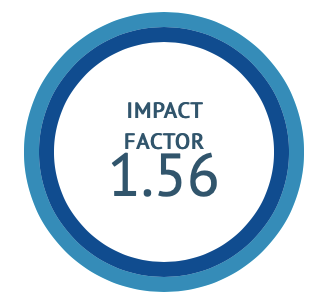Ten Names of the Naga Sannyasi Tradition
DOI:
https://doi.org/10.47552/ijam.v16iS1.5979Keywords:
Dashnam Sannyasis, Acharya Shankar, Akharas, Spiritual Defense, Naga SannyasisAbstract
The "Ten Names of the Naga Sannyasi Tradition" delves into the historical and organizational life of the Naga Sannyasis, a venerated spiritual fraternity in India. Based on old traditions, the Dashnam Sannyasis were restructured by Acharya Shankar to boost their strategic and spiritual value. The narrative unfolds the complex evolution of the Naga Sannyasis, from their early formation as Paramahansa Sannyasis found in Upanishads to playing a pivotal role in protecting society at the time of foreign invasions. Acharya Shankar's systematic reorganization of these ascetics into a well-structured framework, similar to a contemporary military organization, ensured both the sustenance of spiritual beliefs and the safeguarding of Hindu society. The article explores the origin and functions of the different Akharas—like the Ahwan, Atal, and Mahanirvani Akharas—founded by prominent leaders. These Akharas were not only centers of spirituality but also centers of military training during pivotal moments in Indian history. Gradually, the number of Akharas increased to fourteen, each having its own traditions and worship gods. The Naga Sannyasis, with their rigorous organization and structural abilities, managed to maintain their traditions and even remain an indispensable part of Hindu society, mainly in the Kumbh Mela. Through this article, one can deeply understand the sacred, organizational, and protective services of the Naga Sannyasis throughout centuries.
Downloads
Published
How to Cite
Issue
Section
License
Copyright (c) 2025 International Journal of Ayurvedic Medicine

This work is licensed under a Creative Commons Attribution-NonCommercial-ShareAlike 4.0 International License.
The author hereby transfers, assigns, or conveys all copyright ownership to the International Journal of Ayurvedic Medicine (IJAM). By this transfer, the article becomes the property of the IJAM and may not be published elsewhere without written permission from the IJAM.
This transfer of copyright also implies transfer of rights for printed, electronic, microfilm, and facsimile publication. No royalty or other monetary compensation will be received for transferring the copyright of the article to the IJAM.
The IJAM, in turn, grants each author the right to republish the article in any book for which he or she is the author or editor, without paying royalties to the IJAM, subject to the express conditions that (a) the author notify IJAM in advance in writing of this republication and (b) a credit line attributes the original publication to IJAM.





